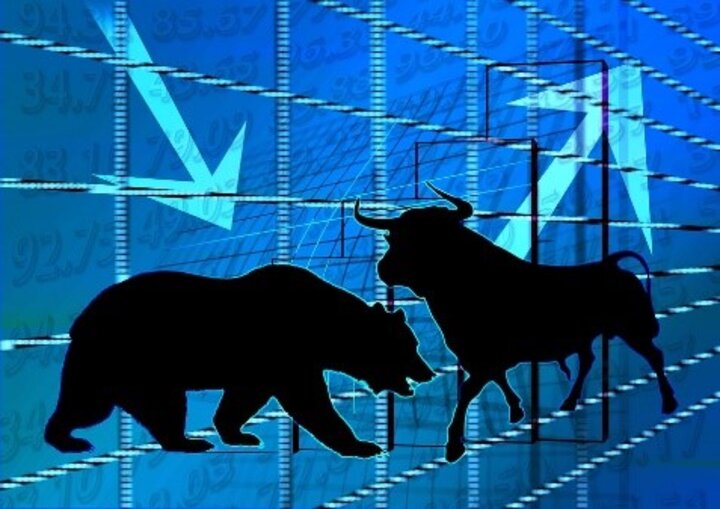A new series of articles, Charting Commodities, is going to cover the basics of some of the more common indicators used in technical analysis. As a starting point, I realize that defining technical analysis and comparing it to fundamental analysis would be beneficial before starting these articles. Let’s take a look at what technical analysis and fundamental analysis are.
Technical Analysis

Technical analysis is the study of past trading activity and price changes. Under this method it is thought that by understanding past events in trading, patterns will emerge that can help indicate future price movements. Two underlying principles define technical analysis. The first is that the market price discounts every factor that influences the commodity price. An example of this would be that the release of the World Agricultural Supply and Demand Estimates (WASDE) report by USDA should not create any major trend shift in trading. Technical analysis states the market has already adjusted to match the report before its release.
The second important principle of technical analysis is that price movements are not random, but move in definable patterns and trends. These patterns and trends repeat over time. A fantastic commodity to assess this is cattle. There is a well documented 10- to 12-year cycle that many analysts refer to. The biggest hurdle is learning a few indicators that work for you. Trying to use too many indicators makes timely market interpretation difficult. The second hurdle is not forcing an indicator onto a chart. You have to let the pattern develop on its own.
Fundamental Analysis
Fundamental analysis is the use of quantitative and qualitative measures to determine future market trend. On the quantitative side, those who use fundamental analysis will look at reports. In the commodity markets this reporting commonly takes the shape of USDA reports such as the WASDE. In terms of qualitative measures, this tends to be difficult to measure. National trade agreements, tariffs, new production regulations, the weather forecast, and other events tend to be the focus of attention. As an example, orange juice futures will tend to take a jump in price in the spring if a late freeze is predicted for Florida. Why? Because a late freeze will decrease supply. Supply and demand is the driving focus, and two simple formulas define market expectations. If demand is greater than supply, prices will increase. If supply is greater than demand, prices will decrease. These formulas describe a basic economic principle called the Law of Supply and Demand.
Conclusion
Technical analysis and fundamental analysis are both valid approaches when interpreting commodity markets. Both methods can provide helpful insight at times. By understanding how the market moves and reacts to certain stimulants, it allows managers to better grasp the choices they will be facing. Neither method of analysis is a substitute for a well thought out marketing plan.

